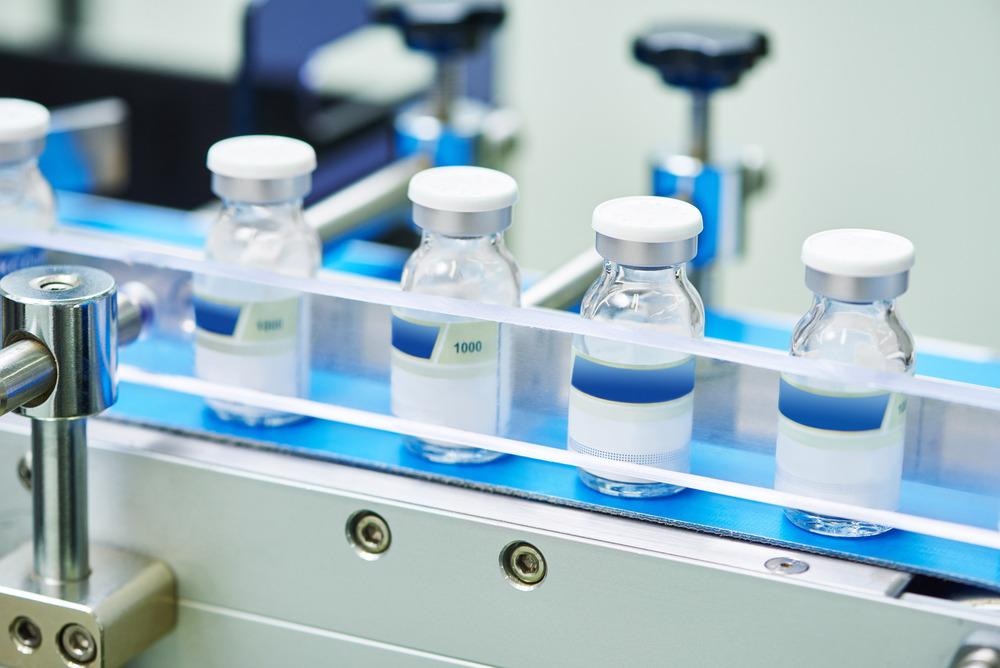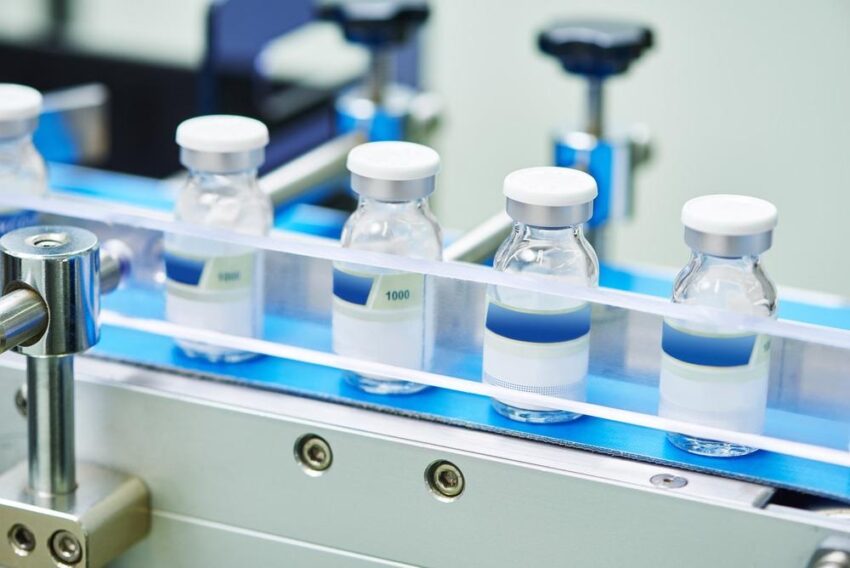The global Pharmaceutical Glass Packaging Market generated $4.18 billion in 2020 and is expected to reach $8.01 billion by 2028, growing at a CAGR of 8.9% between 2021 and 2028.

Generic injectable medicine usage and pharmaceutical sector need will fuel the market. Glass prevents carbon dioxide and oxygen from entering the primary container, reducing drug contamination risk. Glass packaging reduces hydrolysis and oxidation. Glass packaging resists volatile chemicals, boosting medicine stability. These variables should boost product demand soon.
Packaging market Rapid expansion is to be expected. With so many useful therapeutic medications and associated services available today, the pharmaceutical sector is thriving. Packaging plays a critical role in providing necessary protection for pharmaceutical products. It’s no secret that the benefits of glass medications are helping them gain popularity. This sterile, airtight glass container keeps pharmaceuticals safe from contamination and mechanical damage.
The glass containers also aid in the extended storage life of the goods inside. The demand for pharmaceutical pharmaceuticals and treatments is expected to rise rapidly in the future years. As a result, the need for pharmaceutical glass packaging will skyrocket. Injectable medications are seeing the most demand in the market. Carbon dioxide is kept outside of the box thanks to the glass container. Substantial degradation of medicines has been attributed to environmental causes.
Its ability to resist hydrolysis and oxidation has helped it earn widespread acceptance in drug stores. Increased demand can be attributed to the growing recognition of biotech drugs. Adoption rates also increase due to the government’s tight laws. The spread of coxsackie virus 19 is a major driver of this market. Vaccines and other medications used to combat viruses typically come in glass containers for the pharmaceutical industry. All of them contribute to the expansion of the market.
Regional Outlooks
North America had 36.5% of worldwide revenue in 2020. In the future years, developing markets will spend more on pharmaceuticals. Innovative goods are projected to drive the U.S. pharmaceutical sector’s expansion in the region. Generics in the region are predicted to see significant volume and sales, aiding this growth.
Due to a rapidly expanding consumer base and increased expenditure, emerging markets are likely to grow faster than developed countries. Chronic illness cases, healthcare knowledge, and rising incomes are likely to boost Asia-Pacific emerging economies. Because of improved awareness, Asia Pacific governments are expanding private and public healthcare coverage. Government efforts in emerging regions to encourage low-cost generic pharmaceuticals and lower healthcare expenses should enhance the volume of pharmaceutical products, supporting market expansion in the region.
Asia Pacific will have the fastest-growing revenue and volume over the projection period. This expansion is due to the region’s many SME industrial units. The region’s lax regulations promote manufacturing and attract foreign investment. Corning and Schott AG cooperate with small-scale production units in the region to grow their regional presence and market share.
Europe’s proportion of global volume in 2020 was 18.1%. European economy relies heavily on its research-based pharmaceutical industry. The pharmaceutical glass packaging market is growing due to research, development, and launch of new medicines to improve patient health and quality of life. National regulation that holds down costs and profits and fragments the market is expected to distinguish the European research-based pharmaceutical industry from its American equivalent.
To Get Free Sample Report Click Here
Segmentation Analysis:
The pharmaceutical industry’s increased requirement for packaging has fueled the pharmaceutical glass packaging market.
Increasing pharmaceutical shelf life and improving packaging will drive market expansion. The pharmaceutical glass packaging market is split by product, material, application, and geography.
Vials, bottles & jars, cartridges & syringes, and ampoules make up the pharmaceutical glass packaging industry. The ampoules segment is projected to increase quicker. Bottles & jars held 30.90% of the global pharmaceutical glass packaging market in 2019. It’s expected to have a high CAGR.
Type I, II, and III materials are used for pharmaceutical glass packaging. Type II is expected to expand the most. Type III pharmaceutical glass packaging held 67.49% of the market in 2019. Over the research time, it should grow significantly.
Generic medications, branded drugs, and biological drugs make up the pharmaceutical glass packaging industry. Generic medications are expected to rise the most. Generic pharmaceuticals held 71.45% of the pharmaceutical glass packaging market in 2019. Over the study time, it should grow profitably.
